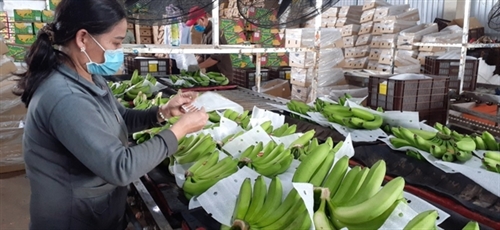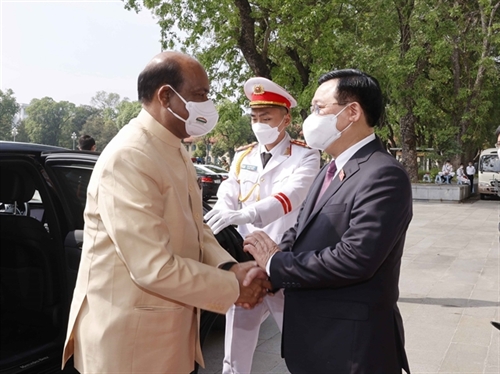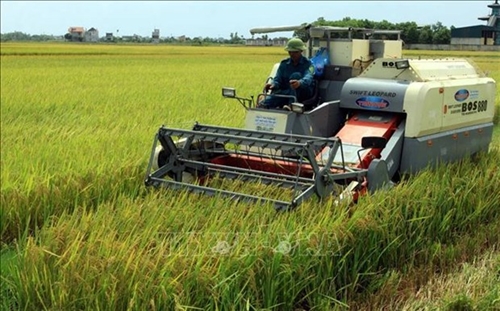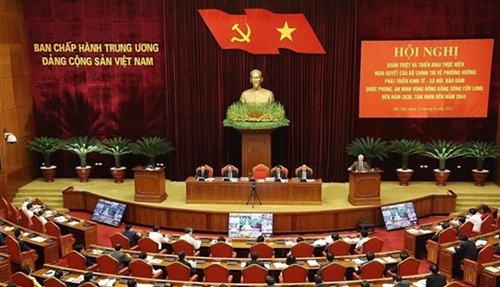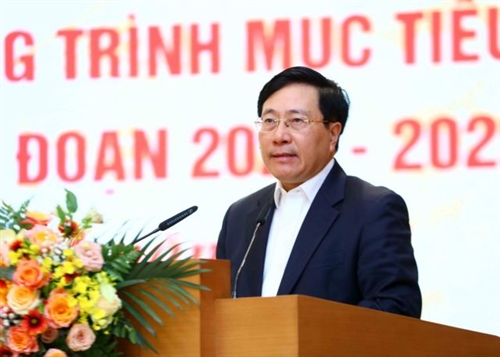Forest protection and management will be a part of the National Strategy on Climate Change for 2050, with a focus on enhancing restoration, community participation and employment opportunities in the forestry sector.
Such is reported in a workshop jointly organized by the Ministry of Natural Resources and Environment, UNDP, and GIZ in Hanoi on April 26, to discuss the draft National Strategy on Climate Change for 2050.
Between now and 2030, the country will focus on forestry protection and restoration, promoting mangrove, coastal and watershed planting, as well as consolidating the system of monitoring and responding to forest fires. The draft National Strategy on Climate Change to 2050 will result in increasing the area of trees per capita in urban areas.
“Much importance must be placed on establishing and expanding the activities of marine protected areas and natural reserves, developing nature, ecosystem and community-based models for climate change adaption (CCA) and developing the national biodiversity database,” said a representative of the strategy’s expert group.
Forests and ecosystems are one of six tasks in proactively adapting to climate change, along with preventing decline and degradation, restoring natural resources; agriculture and food security; developing CCA infrastructure; community health care; and ensuring social security.
The strategy expects that by 2050, Vietnam will effectively manage water and land resources, improve environmental quality and prevent natural disasters affecting socio-economic development, firmly ensuring the security of national water resources.
Climate change adaptation and reducing greenhouse gas emissions are two key objectives of the national strategy.
Reducing the vulnerability and risks from climate change means improving resilience and adapting the capacity of natural, economic and social systems, the representative said.
The country is aiming to reduce the total national greenhouse gas emissions by 43.1 per cent, compared to the normal operations.
Le Cong Thanh, Deputy Minister of MNRE said: “The draft National Strategy reflects the transformation in Vietnam's response to climate change, demonstrating the roadmap to realize the country's commitments at COP26.”
“The ministry has consulted with relevant ministries, branches and localities since developing the strategic outline, and surveyed at 63 cities and provinces, as well as taken suggestions from scientists and experts.”
Weert Borner, Charge d’Affairs at the German Embassy, said that: “Vietnam’s new National Strategy shows that the objective of climate neutrality is highly ambitious and challenging, but feasible.”
“The National Strategy is one of the key policy instruments to deliver the net-zero emission target by 2050, and to build community resilience," said Caitlin Wiesen, UNDP Resident Representative Vietnam.
VN must accelerate adaptation measures to build resilient societies for all, particularly those most vulnerable at the frontline of climate change.
UNDP has actively supported local communities with transformational adaption projects where co-benefits of climate actions are optimal. With the Green Climate Fund and Global Environment Facility finance, the planting and regenerating of 4,000ha of coastal mangroves has been possible, along with over 4,000 new resilient houses.- (VLLF)

